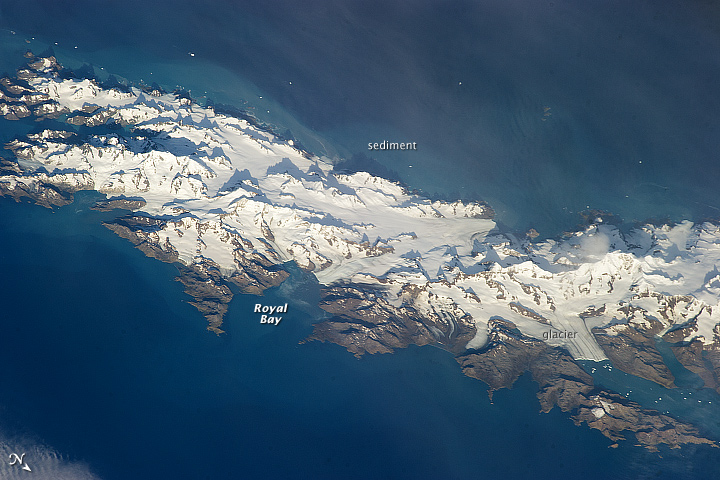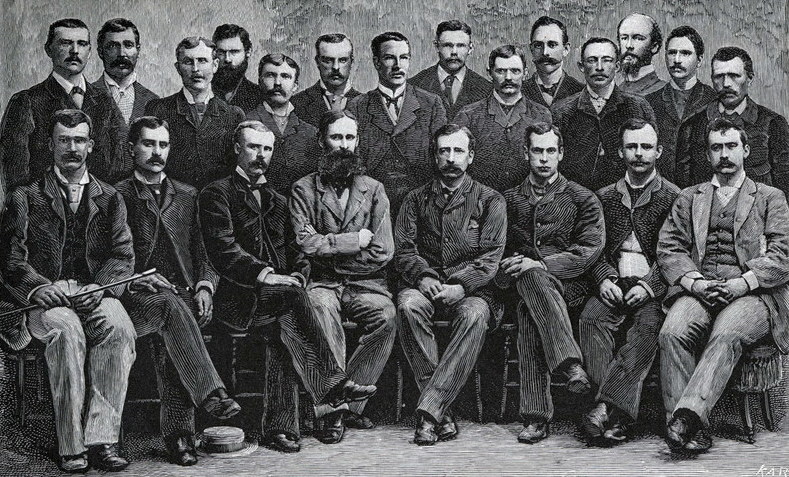|
Coffin Top
Coffin Top () is a mountain with a flattened summit, high, located east-northeast of Mount Fagan and northwest of Moltke Harbour, South Georgia. The feature was named "Sarg-Berg" (coffin mountain) by the German group of the International Polar Year Expedition, 1882–83. An English form of the name, Coffin Top, was recommended by UK Antarctic Place-Names Committee The UK Antarctic Place-Names Committee (or UK-APC) is a United Kingdom government committee, part of the Foreign and Commonwealth Office, responsible for recommending names of geographical locations within the British Antarctic Territory (BAT) and ... in 1954. References Mountains and hills of South Georgia {{SouthGeorgia-geo-stub ... [...More Info...] [...Related Items...] OR: [Wikipedia] [Google] [Baidu] |
Mount Fagan
Mount Fagan () is a mountain rising to west-southwest of Coffin Top and west of Moltke Harbour, South Georgia. It was named by the UK Antarctic Place-Names Committee in 1971 for Captain P.F. Fagan, Royal Engineers, surveyor on the British Combined Services Expedition British may refer to: Peoples, culture, and language * British people, nationals or natives of the United Kingdom, British Overseas Territories, and Crown Dependencies. ** Britishness, the British identity and common culture * British English, ... of 1964–65, and the first person to climb the mountain. References Mountains and hills of South Georgia {{SouthGeorgia-geo-stub ... [...More Info...] [...Related Items...] OR: [Wikipedia] [Google] [Baidu] |
Moltke Harbour
Royal Bay is a bay, wide and indenting , entered between Cape Charlotte and Cape Harcourt along the north coast of South Georgia. Like other parts of the archipelago, many birds breed here, including king penguins, gentoo penguins, and blue-eyed cormorants. History Royal Bay was discovered and named by a British expedition under James Cook in 1775. In 1882 a German group of the International Polar Year Investigations expedition under Schrader was sent out to observe the transit of Venus was stationed at Royal Bay. They were based on the north shore of the bay in 1882–83. The group came in on the steam corvette Steam frigates (including screw frigates) and the smaller steam corvettes, steam sloops, steam gunboats and steam schooners, were steam-powered warships that were not meant to stand in the line of battle. There were some exceptions like for exam ... which was the first powered vessel to reach South Georgia. Moltke Harbour, a one-mile wide bay on the northwest sid ... [...More Info...] [...Related Items...] OR: [Wikipedia] [Google] [Baidu] |
South Georgia Island
South Georgia ( es, Isla San Pedro) is an island in the South Atlantic Ocean that is part of the British Overseas Territory of South Georgia and the South Sandwich Islands. It lies around east of the Falkland Islands. Stretching in the east–west direction, South Georgia is around long and has a maximum width of . The terrain is mountainous, with the central ridge rising to at Mount Paget. The northern coast is indented with numerous bays and fjords, serving as good harbours. Discovered by Europeans in 1675, South Georgia had no indigenous population due to its harsh climate and remoteness. Captain James Cook in made the first landing, survey and mapping of the island, and on 17 January 1775 he claimed it a British possession, naming it "Isle of Georgia" after King George III. Through its history, it served as a whaling and seal hunting base, with intermittent population scattered in several whaling bases, the most important historically being Grytviken. The main settleme ... [...More Info...] [...Related Items...] OR: [Wikipedia] [Google] [Baidu] |
International Polar Year Expedition
* The Lady Franklin Bay Expedition of 1881–1884 to Lady Franklin Bay on Ellesmere Island in the Canadian Arctic was led by Lieutenant Adolphus Greely, and was promoted by the United States Army Signal Corps. Its purpose was to establish a meteorological-observation station as part of the First International Polar Year, and to collect astronomical and magnetic data. During the expedition, two members of the crew reached a new Farthest North record, but of the original twenty-five men, only seven survived to return. The expedition was under the auspices of the Signal Corps at a time when the Corps' Chief Disbursements officer, Henry W. Howgate, was arrested for embezzlement. However, that did not deter the planning and execution of the voyage. Expedition First year, 1881 The Lady Franklin Bay Expedition was led by Lieutenant Adolphus W. Greely of the Fifth United States Cavalry, with astronomer Edward Israel and photographer George W. Rice among the crew of twenty- ... [...More Info...] [...Related Items...] OR: [Wikipedia] [Google] [Baidu] |
UK Antarctic Place-Names Committee
The UK Antarctic Place-Names Committee (or UK-APC) is a United Kingdom government committee, part of the Foreign and Commonwealth Office, responsible for recommending names of geographical locations within the British Antarctic Territory (BAT) and the South Georgia and the South Sandwich Islands (SGSSI). Such names are formally approved by the Commissioners of the BAT and SGSSI respectively, and published in the BAT Gazetteer and the SGSSI Gazetteer maintained by the Committee. The BAT names are also published in the international Composite Gazetteer of Antarctica maintained by Scientific Committee on Antarctic Research, SCAR. The Committee may also consider proposals for new place names for geographical features in areas of Antarctica outside BAT and SGSSI, which are referred to other Antarctic place-naming authorities, or decided by the Committee itself if situated in the unclaimed sector of Antarctica. Names attributed by the committee * Anvil Crag, named for descriptive featu ... [...More Info...] [...Related Items...] OR: [Wikipedia] [Google] [Baidu] |


